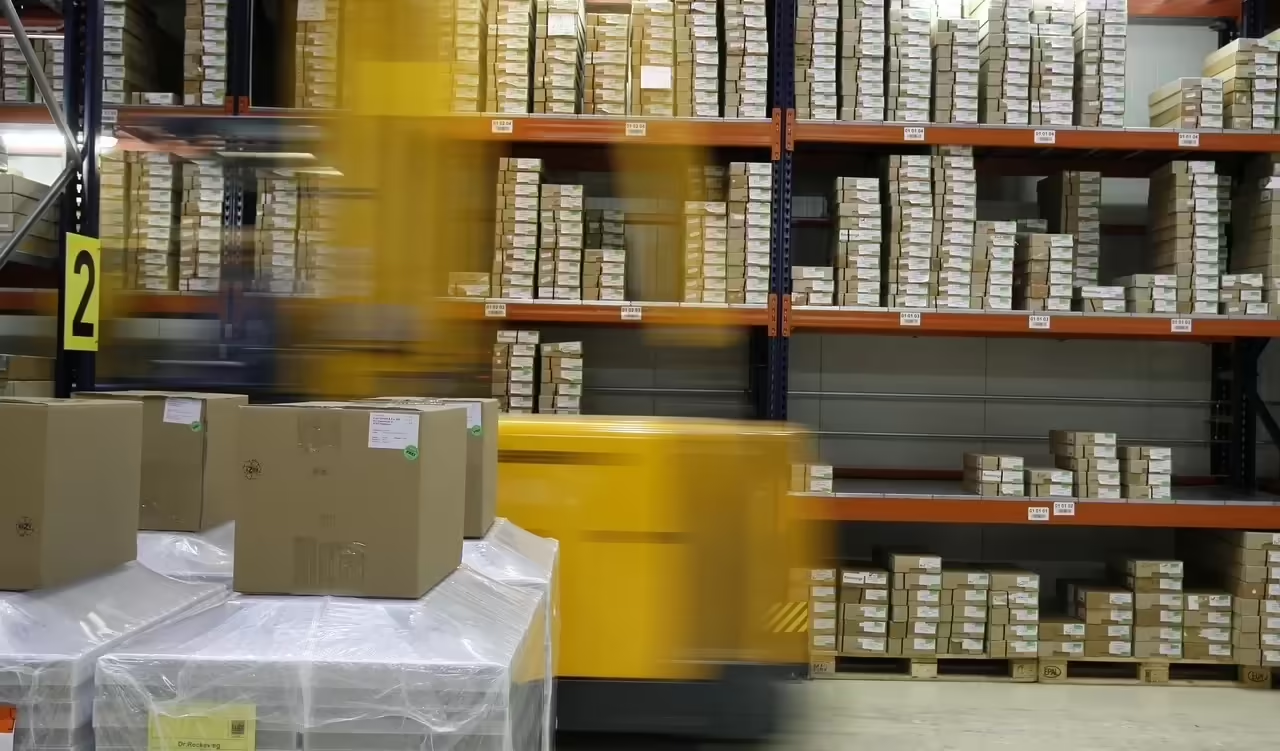
The warehousing and logistics industry has undergone significant changes over the past few years. As businesses increasingly rely on third-party logistics (3PL) providers to manage their supply chains, the demand for efficient and cost-effective 3PL warehouse services has grown exponentially. In response to these evolving needs, 3PL providers have turned to advanced technologies such as automation, robotics, and artificial intelligence (AI) to streamline operations and drive efficiency. This article will explore the role these technologies play in revolutionizing 3PL warehouse services and how they help businesses stay competitive in today’s fast-paced market.
Automation in 3PL Warehouse Services
Automation has become a driving force in optimizing 3PL warehouse services. By automating various aspects of the warehousing process, 3PL providers can significantly reduce manual labor, minimize errors, and improve overall operational efficiency. Key areas where automation is being implemented include:
- Automated Storage and Retrieval Systems (AS/RS): AS/RS technology enables the rapid and accurate movement of goods within the warehouse, reducing the need for manual labor and increasing storage capacity.
- Conveyor Systems: Automated conveyor systems streamline the movement of products through the warehouse, minimizing handling time and human intervention.
- Warehouse Management Systems (WMS): WMS software automates inventory management, order processing, and other critical warehouse functions, enabling 3PL providers to optimize their operations and offer more efficient services to clients.
Robotics in 3PL Warehouse Services
The implementation of robotics in 3PL warehouse services has significantly impacted the industry, providing innovative solutions for handling goods and materials. Robotic technologies offer various benefits, such as increased accuracy, reduced labor costs, and enhanced flexibility. Some of the primary applications of robotics in 3PL warehouses include:
- Robotic Palletizing: Robotic palletizers can efficiently stack and organize products onto pallets, ensuring optimal space utilization and reducing manual labor.
- Autonomous Mobile Robots (AMRs): AMRs can navigate warehouse floors autonomously, transporting goods between different areas without the need for human intervention, increasing productivity and reducing labor costs.
The Role of Artificial Intelligence in 3PL Warehouse Services
Artificial intelligence is transforming the way 3PL warehouse services are delivered by enabling better decision-making and predictive capabilities. AI can analyze vast amounts of data to identify patterns and trends, allowing 3PL providers to optimize their operations and anticipate potential challenges. Key applications of AI in 3PL warehouse services include:
- Demand Forecasting: AI-powered algorithms can predict demand patterns and help 3PL providers optimize inventory levels, ensuring that the right products are available at the right time.
- Route Optimization: AI can analyze multiple factors, such as traffic conditions, weather, and delivery schedules, to determine the most efficient routes for transporting goods, reducing transportation costs and delivery times.
Embracing Advanced Technologies for Improved 3PL Warehouse Services
As the warehousing and logistics industry continues to evolve, the adoption of advanced technologies such as automation, robotics, and AI is becoming increasingly crucial for 3PL warehouse services providers. These technologies not only enhance operational efficiency but also enable 3PL providers to offer more comprehensive and tailored services to their clients. By embracing these innovations, 3PL warehouse services can remain competitive and better equipped to navigate the complexities of the modern supply chain.
In light of these facts
The integration of automation, robotics, and AI in 3PL warehouse services has significantly impacted the industry, providing innovative solutions that help businesses stay competitive in today’s fast-paced market. As technology continues to advance, it is expected that the adoption of these innovations will become even more widespread, further revolutionizing the way 3PL providers operate.
In the near future, we may see more advanced AI algorithms capable of making real-time adjustments to warehouse operations in response to changing conditions, further optimizing efficiency and reducing costs. Additionally, the integration of the Internet of Things (IoT) with warehousing systems will likely facilitate even more seamless communication and data exchange between different components of the supply chain, enhancing overall visibility and control.
As businesses continue to navigate the complexities of the global supply chain, the need for efficient and flexible 3PL warehouse services will remain critical. By leveraging advanced technologies such as automation, robotics, and AI, 3PL providers can better serve their clients and adapt to the ever-changing demands of the market. Ultimately, the successful integration of these technologies will determine the future competitiveness and success of 3PL warehouse services in the rapidly evolving logistics landscape.







